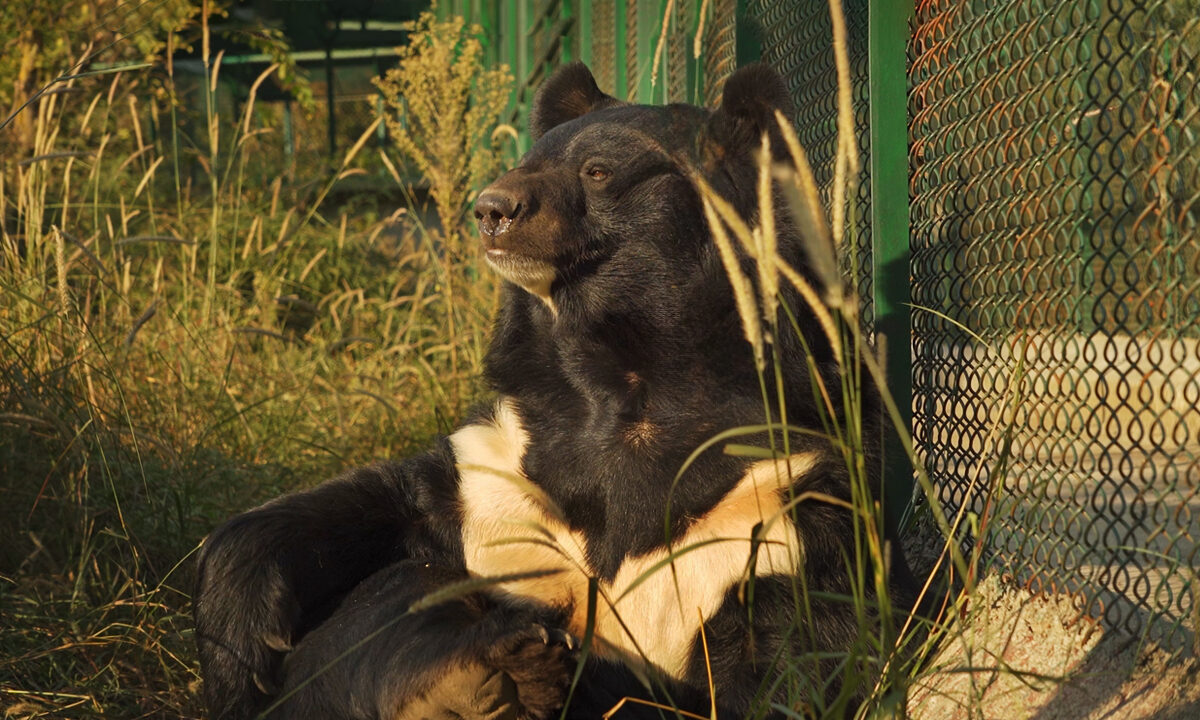INDIAN-CONTROLLED KASHMIR — Since the year 2000, the wildlife department in the Indian-administered part of the Kashmir region has recorded more than 2,300 bear attacks on humans, some of them deadly. The Asiatic black bear (Ursus thibetanus) is native to the region, but its increasing incursions into farms, orchards and residential areas has left many locals uneasy. With bear sightings on the rise, wildlife officials are constantly walking a tightrope, trying to safely handle the wild animals while calming concerned communities. Samina Amin Charoo, a research officer with the Department of Wildlife Protection, says bears are often spotted emerging from forested areas in search of food. “We need to investigate whether food availability in forests is decreasing,” she says. Bear encounters are especially common in fruit orchards and farmland, putting farmers and herders at risk. The scent of overripe apples and food waste in trash bins is also a major draw for these animals. Although forest officials frequently carry out rescue operations, trapping and relocating the bears, some animals, particularly orphaned cubs, are unable to be returned to the wild. These young bears often become habituated to human care. “Once orphaned, their chances of surviving in the wild are slim; they don’t learn to forage or find shelter without guidance from their mothers,” says Rashid Naqash, wildlife warden for the region. Local farmers are testing different methods to secure their land at night and prevent bear incursions. “People know that bears are legally protected, so harming them isn’t an option,”…This article was originally published on Mongabay
From Conservation news via this RSS feed


